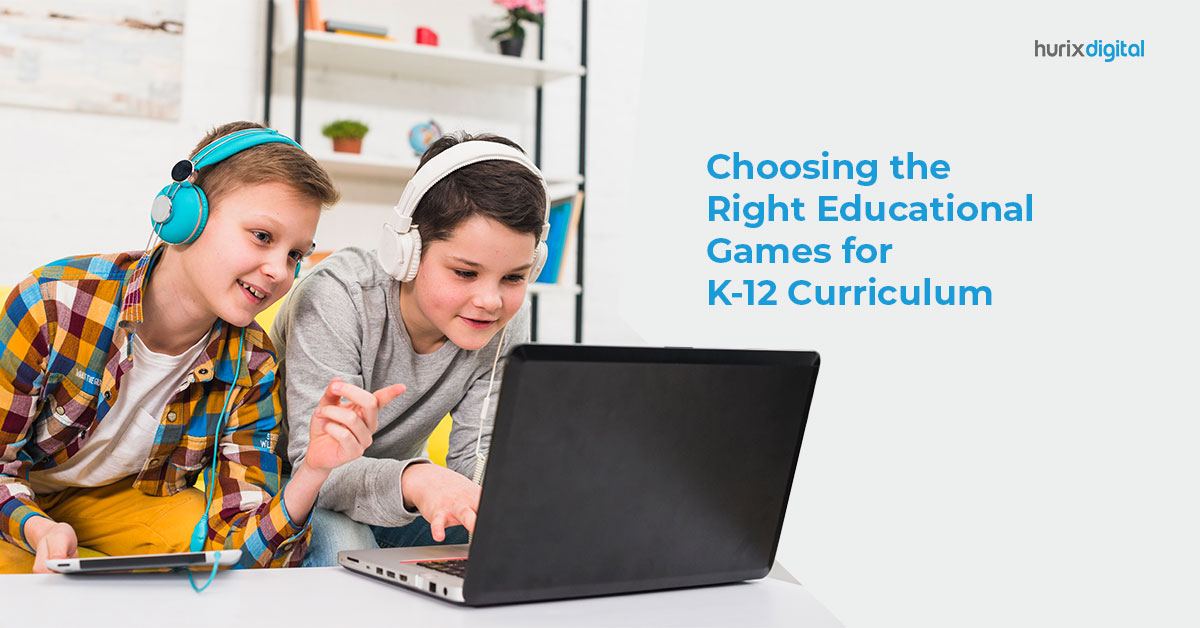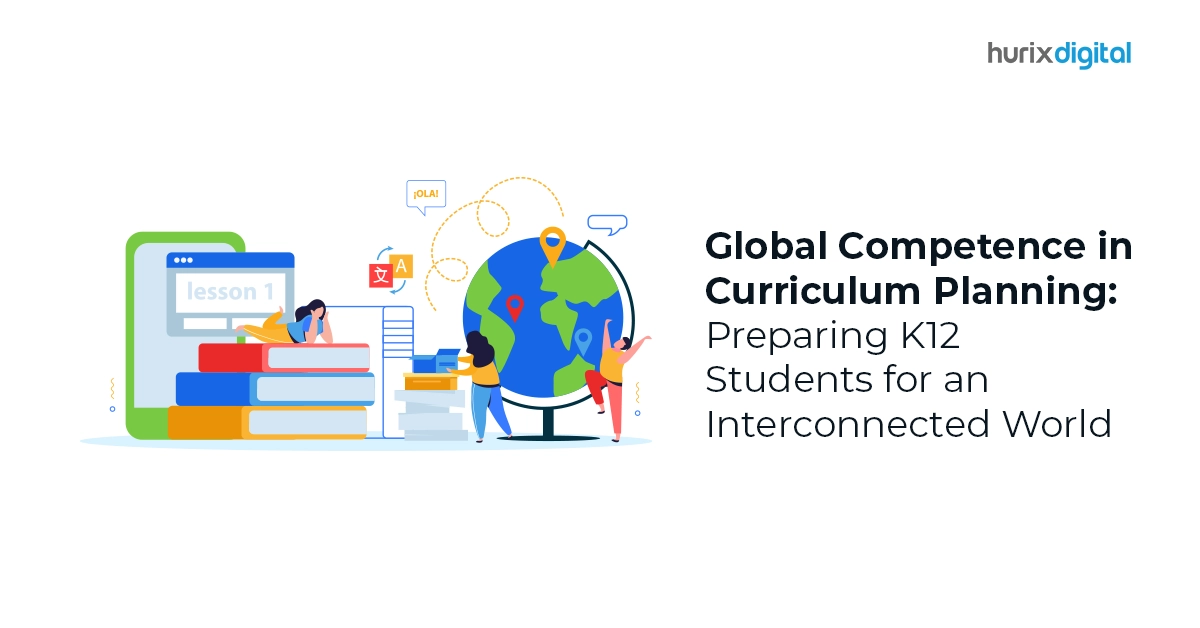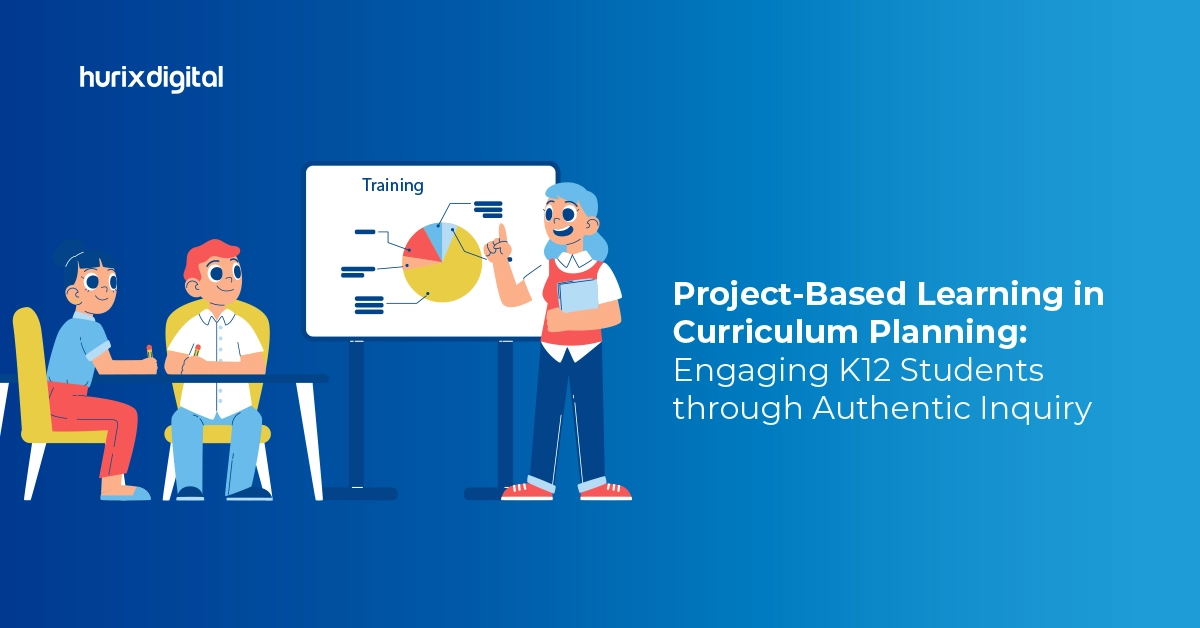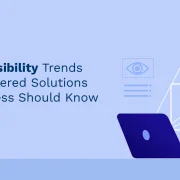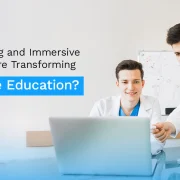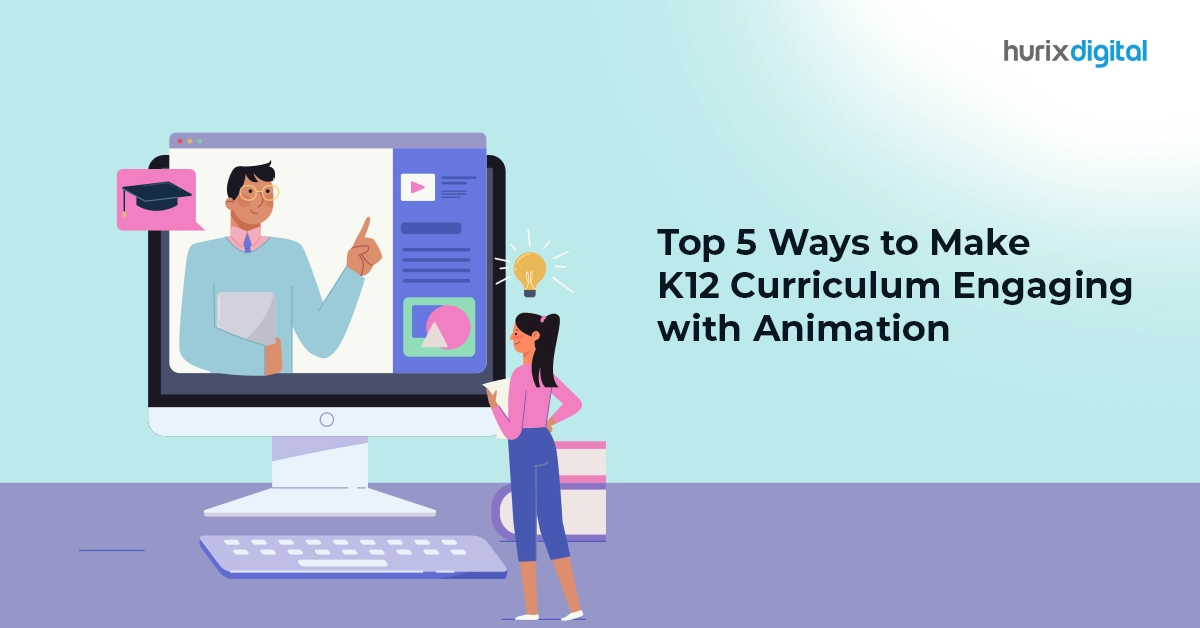
Top 5 Ways to Make K12 Curriculum Engaging with Animation
The K12 education system has a critical role in shaping students for the future. Conventional learning frameworks often fail to fulfill the comprehension needs of young learners because they have not kept pace with the latest pedagogical trends. Here is where animation technology comes in.
Animation, once solely associated with entertainment, has emerged as a powerful tool in this educational transformation. By harnessing the engaging nature of moving visuals, it develops a deeper understanding of complex concepts and ignites student interest.
Data analysis reveals that animation-based teaching methods outperform traditional approaches—students exposed to animation exhibit higher levels of attention, better recall of information, and increased motivation.
Including animation in K12 classrooms allows educators to make the curriculum more engaging with better learning outcomes.
This blog explores how educators and K12 institutions can use animation to keep the curriculum engaging. Read on!
Table of Contents:
The Potential of Animation in K12 Education
Teachers are using technology more and more in today’s changing educational environment to develop interesting and successful K12 curricula.
1. Simplify Complex Subjects
One of animation’s main educational advantages is simplifying abstract concepts. With the careful application of images and pictures, even the most difficult subjects in history, physics, or arithmetic may be explained succinctly and clearly.
For example, in biology lessons, animated depictions of cellular functions give pupils a thorough grasp of the human body’s complex mechanisms.
2. Deeper Engagement
Animation facilitates active engagement in students. Interactive elements woven into animated lessons encourage participation, turning passive learning into an interactive exploration. Gamification techniques, where animated elements are integrated into game-based learning, further fuel student enthusiasm and motivation.
The thrill of progressing through a game environment, combined with the informative nature of animation, creates a dynamic learning experience that is both enjoyable and intellectually stimulating.
3. Cater to Diverse Learning Styles
The combination of visuals with audio narration caters to visual and auditory learners, ensuring that all students can grasp key concepts.
Additionally, animation can effectively create virtual reality (VR) experiences, allowing students to immerse themselves in simulated environments and gain a deeper understanding of abstract concepts.
4. Cost-Effective and Accessible
K12 instructors can benefit greatly from animation because of its accessibility and affordability. Educators may produce engaging content without going over budget thanks to the accessibility of easy-to-use animation software solutions.
Additionally, the simplicity with which animated content can be shared online promotes a lively learning ecosystem by facilitating instructor cooperation and information exchange.
Also Read: The Importance of Curriculum Development in Enhancing Teaching and Learning
Top 5 Ways to Use Animation in K12 Education
There are many benefits of animation in K12 education. It helps explain any concept in a more lively and visually engaging manner. Such dynamically illustrated content can be retained in students’ memory longer than traditional learning techniques.
Therefore, an increasing number of K12 educators are now leveraging the opportunities that animation offers for depicting dynamic content.
Since animations can explicitly depict changes over time, they are best suited to teaching processes and procedures in K12 learning.
When animation is used to present dynamic content, it can mirror both the changes in position and the changes in form, which are fundamental to learning this type of subject matter.
Learn how to make a curriculum that incorporates animation effectively to enhance student learning outcomes in the following sections.
1. Use Animations for Subject-Wise Topics
Teaching with animation can transform how students engage with various subjects—such as mathematics, science, and history—by making lessons more relatable and visually appealing. Animated chapters bring complex concepts to life, allowing students to grasp challenging ideas easily.
Further, it allows students to interact with the content at their own pace, as animated course modules can be paused and played again to offer more time for young learners to cope with the subject’s complexities.
2. Choose the Appropriate Style
Animations are diverse and can be used for multiple purposes. Some of the popular types of animations for K12 include:
- D and 3D cartoon animation
- Motion graphics
- Whiteboard animation
- Hand-drawn animation
- Stop-motion animation
- Infographic animation
Keep your audience at the center to make the right choice. In the case of K12, design your course curriculum based on the behaviors and demands of online learners. Understanding their needs will help you produce animated videos that attract them and enhance their learning capacity.
3. Blend Animation with Other Learning Strategies
Since animations are inherently flexible, they can be used as a standalone strategy or blended with new or existing learning strategies to enhance learner engagement.
Apart from this, animations can also be used to explain complex concepts or as reinforcement tools in K12 classrooms. The best part is that learners of any age group can benefit from interactive animated learning modules.
There are multiple approaches available for kindergarten, elementary, and middle school learners, with exciting and attention-catching animations to appeal to varied K12 age groups.
Teachers can make learning more efficient while improving productivity by adopting these approaches for different age groups. They can use narratives, sound, or music to add more power to learning, thus allowing every learner to connect to the topic.
4. Make PowerPoint Custom Animations
PowerPoint custom animations allow teachers to add value and interactivity to keep K12 students focused and engaged.
Designing an animation in PowerPoint along with multimedia elements such as text, sound, and graphics can be an excellent way to add interest and excitement for K12 students learning a particular concept. Such visual interaction would also encourage more participation from students.
Although there are multiple ways to design an animation slide for different content, a well-designed animation slide should include a title, specific information on the topic, animation to reinforce the concept, and a hyperlink to any other additional information.
5. Use Animation to Make Visualizations Easy
Several topics in K12 learning are difficult to understand and require more focused teaching efforts to clarify them for students. Learning videos with 3D animation can offer detailed information and explanations about such content/topics.
Teachers can make the concepts much easier to understand by blending various multimedia components such as video, audio, images, and texts. This helps students with varying IQ levels grasp the topics with ease.
Also Read: How Can You Supercharge Your Curriculum in 2024 with the Power of Modern Tech?
To Wrap Up
Animation proves to be a valuable asset in education, offering numerous benefits. Teaching with animation enhances the overall learning experience by simplifying complex subjects, engaging learners visually, and providing flexible learning opportunities.
Multimedia presentations also help students gain a conceptual understanding of a topic in visual form, thus keeping them engaged and allowing their imagination to be broadened further.
Partner with experts like Hurix Digital to integrate animation effectively into your educational strategy. We specialize in creating engaging, tailored animated content that aligns seamlessly with your learning objectives, featuring customized visual cues and graphics to elevate the learning experience. Feel free to get in touch with us to learn how we can help you bring your educational vision to life!

Senior Vice President
A Business Development professional with >20 years of experience with strong capability to sell new solutions and develop new markets from scratch. New Market Entry Specialist with experience working in the largest emerging markets. Exceptional experience in conceptualizing, ideating and selling new learning technologies like VR AR, etc. across multiple industry verticals.

